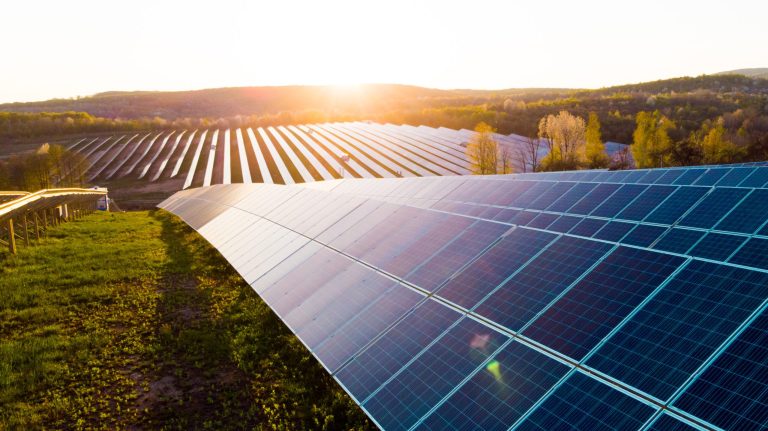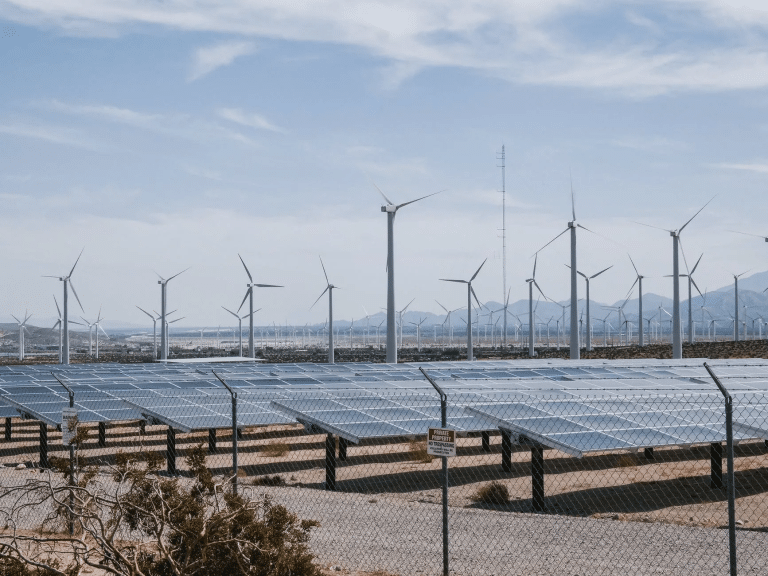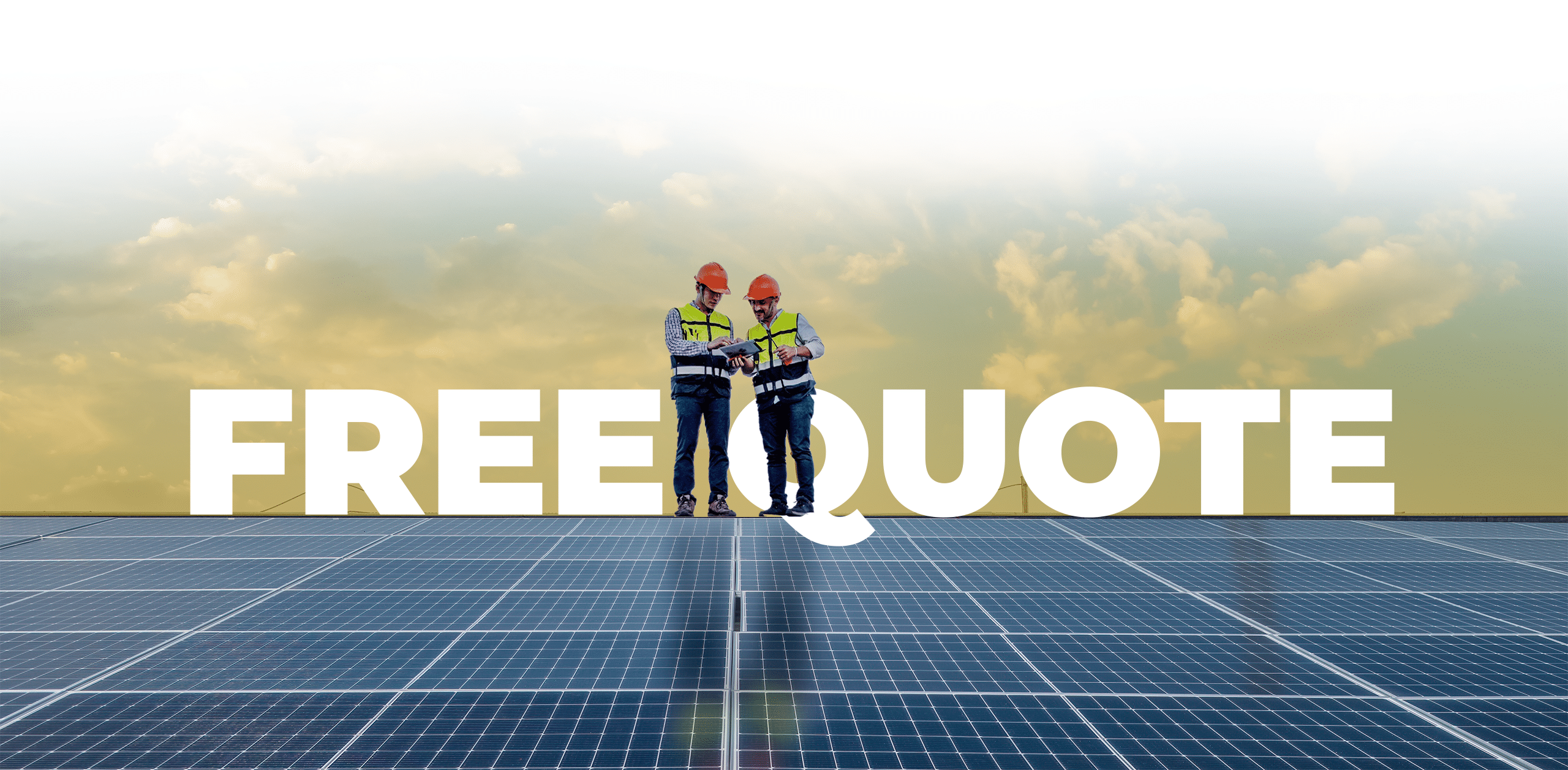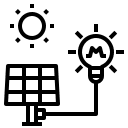Great news for 2021—late last year, the Solar Investment Tax Credit (ITC) was extended two more years at a rate of 26%. The countdown has begun to get the most out of this federal incentive before it drops. The Solar Investment Tax Credit (ITC) allows new solar installations to take a 26% tax credit of the total cost of your solar energy system on your taxes, reducing the overall cost of your solar energy system.
Getting the Maximum Tax Credit for Your Solar
There’s just one way to qualify for the ITC at today’s max rate of 26%—buy and install your solar energy system in 2021-2022. This declining credit program will only reduce your potential savings if you wait too long to take advantage of this maximum allowance.
Starting Construction on Your Solar System
The update to the ITC extending the max credit for two years means that homeowners and business owners who install solar in any capacity AND begin construction before the end of 2022 can continue to benefit the rate of 26%. The rate falls to 22% in 2023, and lastly, the residential rate will decrease all the way to 0% in 2024, while commercial and utility markets will remain permanently at 10%.
What impact can the solar tax credit have on your costs of going solar? It’s possible to see as much as $9,000 or more. This applies to both homes and businesses looking to install solar in the United States.
ITC for More Than Primary Residence
Your solar installation does not have to be on your primary residence to apply for the tax credit. If you live there at least for part of the year and are the listed owner, you are able to claim the solar tax credit.
What Makes Some Ineligible for the ITC?
If you rent any part of your solar energy system, this limited-time federal tax credit is not available to you. In order to benefit the ITC, you must own your system. This can be via a loan or other financing, but the equipment must be yours.
The ITC Makes Solar More Affordable
These changes to the ITC are a big signal to get going soon on your solar installation. Keeping your costs down can help you pay off your system faster so that every watt you generate goes right in your pocket.







